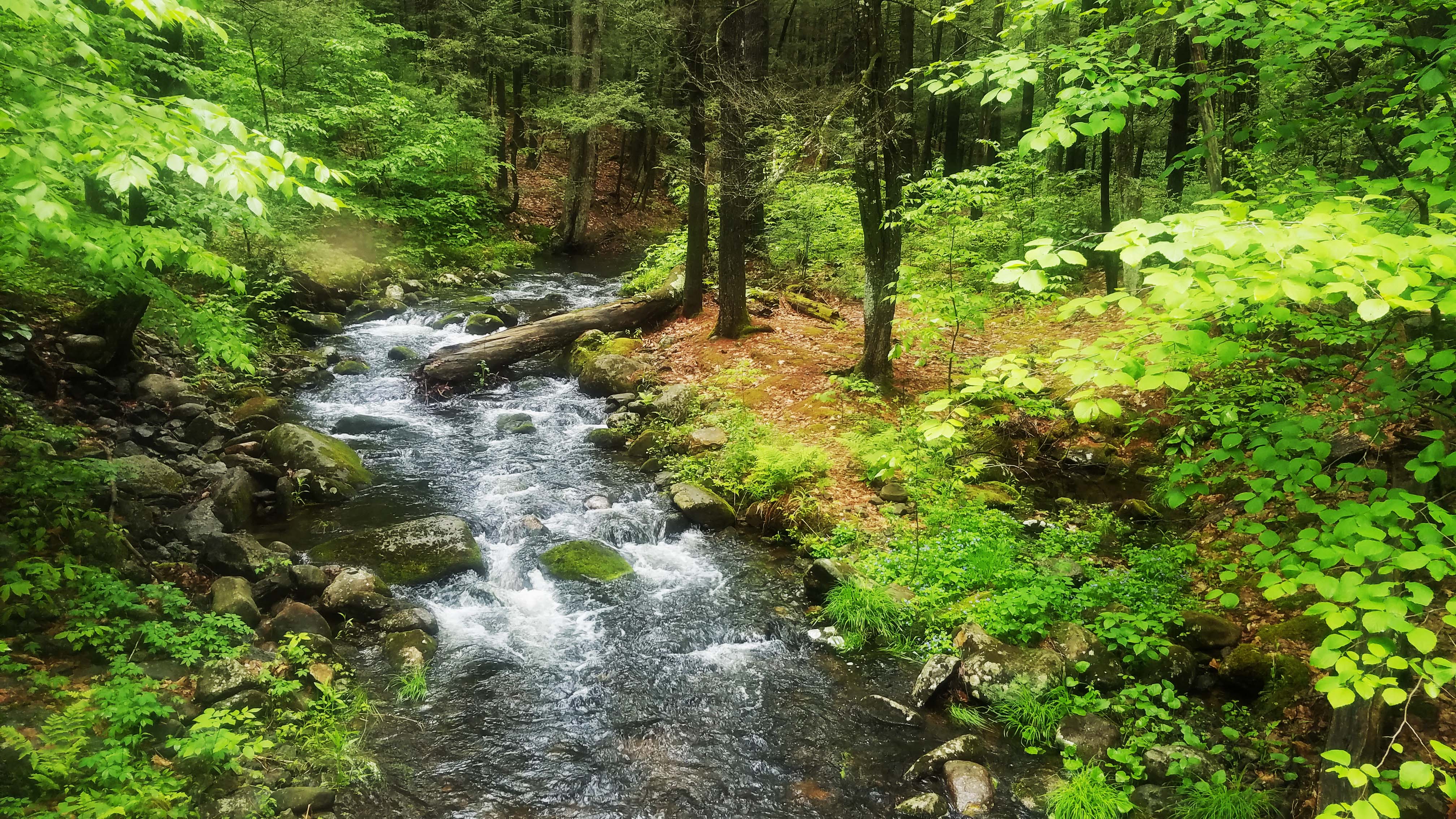Every summer, hundreds of near-shore coastal waters across the globe, including the Long Island Sound, become “dead zones.” These areas are so oxygen-starved they cannot support marine life.
This is caused by nitrogen pollution, much of which comes from the use of nitrogen-rich fertilizer. When it rains, nitrogen fertilizer runs off the land to streams and rivers, which transport it downstream to estuaries and oceans.
The processes of surface runoff and river transport of nitrogen responsible for dead zones have been studied since the 1980s and are well understood. But nitrogen that does not run off the land surface can move underground into groundwater. Because groundwater moves much slower than surface water, nitrogen in fertilizer may not reach streams and rivers until years, decades, or even centuries after it was applied.
University of Connecticut assistant professor Ashley Helton from the Department of Natural Resources and the Environment and the Center for Environmental Science and Engineering along with UConn adjunct professor Martin Briggs and Jeffery Starn, both from the U.S. Geological Survey, recently received nearly $700,000 from the National Science Foundation to study groundwater discharge of legacy nitrogen to streams and rivers and the role of stream and river sediments in reducing legacy nitrogen.
“Even if nitrogen pollution is reduced today, this ‘legacy’ nitrogen coming from groundwater may continue to affect aquatic ecosystems for many years to come,” Helton says.
Not all of the legacy nitrogen that enters groundwater ends up in coastal waters. Some legacy nitrogen is removed by natural processes as it moves underground. For example, microbes can remove nitrogen at high rates in sediments near streams and rivers. Nitrogen removal by stream and river sediments could reduce legacy nitrogen that is transported to coastal areas.
“Areas near stream and river beds where groundwater enters are highly reactive and could significantly reduce legacy nitrogen transport,” Helton says. “As part of this project we will measure how much legacy nitrogen discharged with groundwater is processed in streambed and streambank sediments.”
Helton and her team will measure the spatial distribution of legacy nitrogen in groundwater discharging to streams and rivers. They will also analyze the role sediment in streams plays in mitigating the transfer of legacy nitrogen to surface water.
The researchers will then develop more precise models of river networks that incorporate the patterns they observe. This will allow Helton and her team to scale near-stream legacy nitrogen processing patterns to the entire watershed.
By developing a robust approach to quantify the spatial patterns of legacy nitrogen in groundwater discharging to streams and rivers, Helton’s research will produce valuable insights into how nitrogen applied many years ago may affect water quality today.
This research will aid the development of more comprehensive water management plans to combat the adverse effects of nitrogen on aquatic ecosystems.
Helton received her Ph.D. from the University of Georgia, Odum School of Ecology. Her lab studies how water and elemental cycles are linked across landscapes and how human activity and global climate change alter these cycles and their interactions.
This project is NSF Grant No. 1824820.



